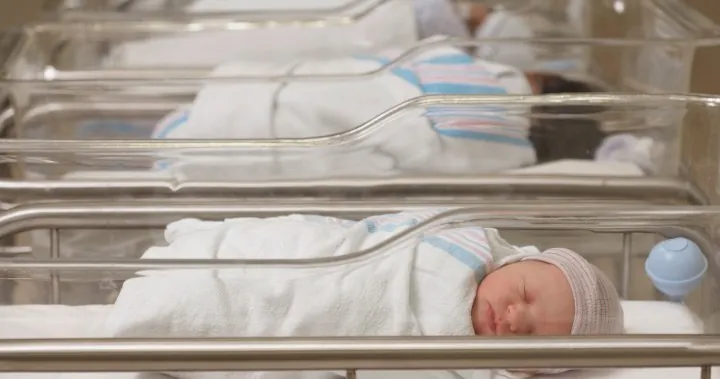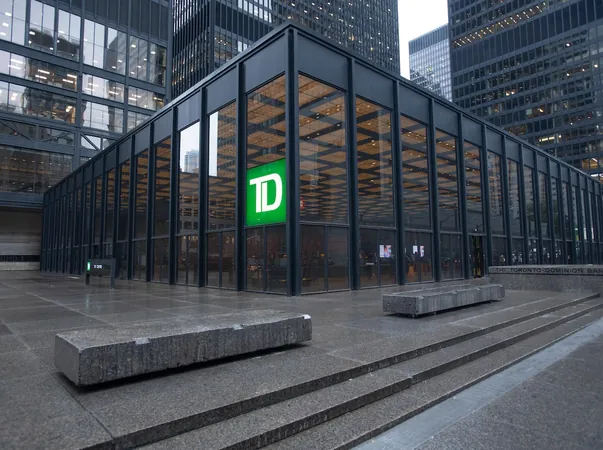
Victoria Takes a Bold Step Toward Minimum Housing Unit Sizes – What This Means for Residents!
2024-09-27
Victoria's Upcoming Housing Changes
The City of Victoria is on the brink of a significant change that could redefine urban living in its downtown core. In a recent city council meeting, officials discussed the potential implementation of a minimum size for housing units, specifically targeting downtown where space is at a premium.
The council has formally tasked city staff to analyze the impact of establishing a minimum unit size of 33 square meters (approximately 355 square feet) for new developments. This move aims to better align with British Columbia’s housing regulations, which set the stage for a more uniform approach to residential development in the region.
Current Housing Regulations
Currently, while the city mandates a minimum size for most housing units, certain areas of the downtown still permit them to be as small as 29 square meters (312 square feet). The motion to initiate this discussion was spearheaded by Councillor Stephen Hammond, who emphasized the importance of ensuring developers contribute fairly to the city's infrastructure demands.
Addressing Development Fees
Hammond raised a critical discussion point: under existing provincial laws, the city cannot impose development fees on projects that include units smaller than 29 square meters. This loophole resulted in the recently approved 937 View Street development, featuring 33 units that skirted around approximately $40,000 in development charges. As the city grapples with increasing population pressures and the need for adequate infrastructure, the council is looking for ways to create a fairer system for all builders.
Impact on Housing Diversity
While there are economic incentives for building micro-units, Hammond argues that setting a minimum size for units will help ensure that new developments cater to a diverse range of households, preventing a situation where smaller, lower-cost options become the norm, ultimately limiting choices for residents.
Support and Concerns from Council
Councillor Jeremy Caradonna expressed support for exploring minimum unit sizes but insists any changes should be carefully evaluated for their broader implications. He raised questions about the existing inconsistencies in unit sizes allowed throughout the city and how that may impact future housing policy.
However, not everyone is on board with this potential change. Councillor Dave Thompson voted against the motion, cautioning that enforcing a minimum size could exacerbate the ongoing housing shortage, particularly for vulnerable groups such as seniors and students who may be seeking more affordable housing options. Thompson argued that limiting housing choices could ultimately hinder those in desperate need of affordable living spaces.
Next Steps and Future Discussions
A report from city staff is anticipated in the coming months, and further discussions will be incorporated into the city’s comprehensive zoning modernization initiative slated for early 2025. As Victoria navigates the complexities of urban development and housing affordability, residents will be closely watching how these decisions unfold – will they lead to more options for living spaces or further restrict the market? Stay tuned for updates on this pressing issue!









 Brasil (PT)
Brasil (PT)
 Canada (EN)
Canada (EN)
 Chile (ES)
Chile (ES)
 España (ES)
España (ES)
 France (FR)
France (FR)
 Hong Kong (EN)
Hong Kong (EN)
 Italia (IT)
Italia (IT)
 日本 (JA)
日本 (JA)
 Magyarország (HU)
Magyarország (HU)
 Norge (NO)
Norge (NO)
 Polska (PL)
Polska (PL)
 Schweiz (DE)
Schweiz (DE)
 Singapore (EN)
Singapore (EN)
 Sverige (SV)
Sverige (SV)
 Suomi (FI)
Suomi (FI)
 Türkiye (TR)
Türkiye (TR)